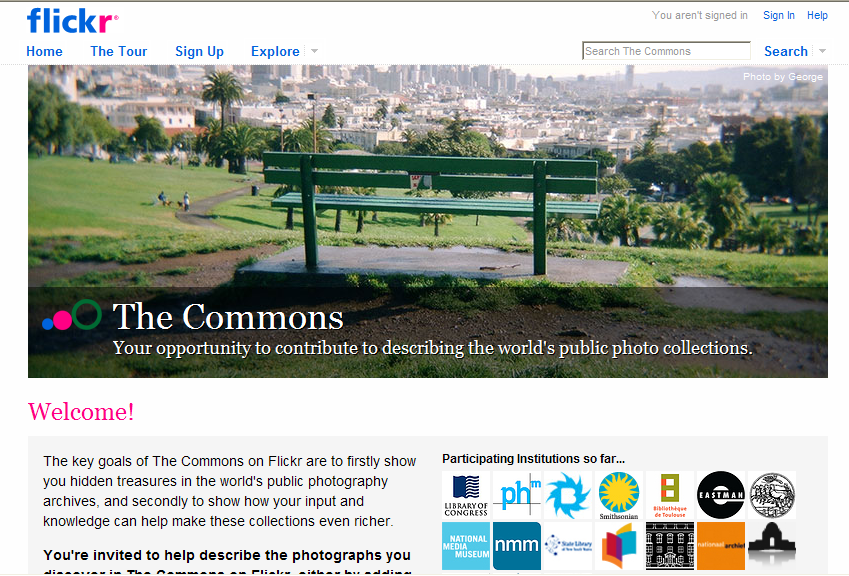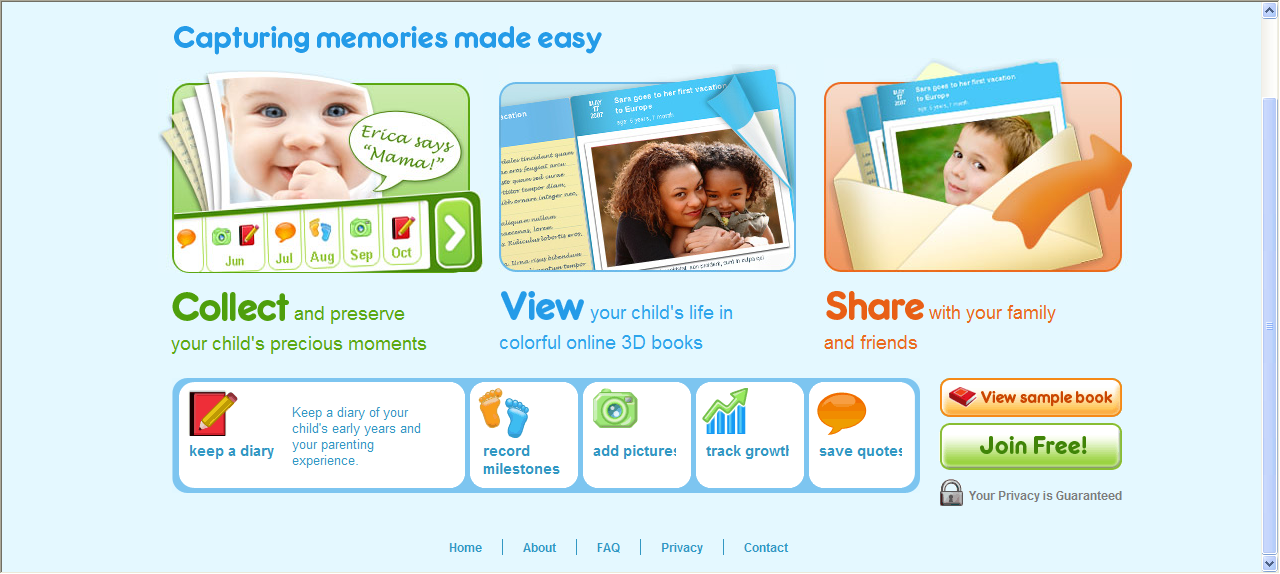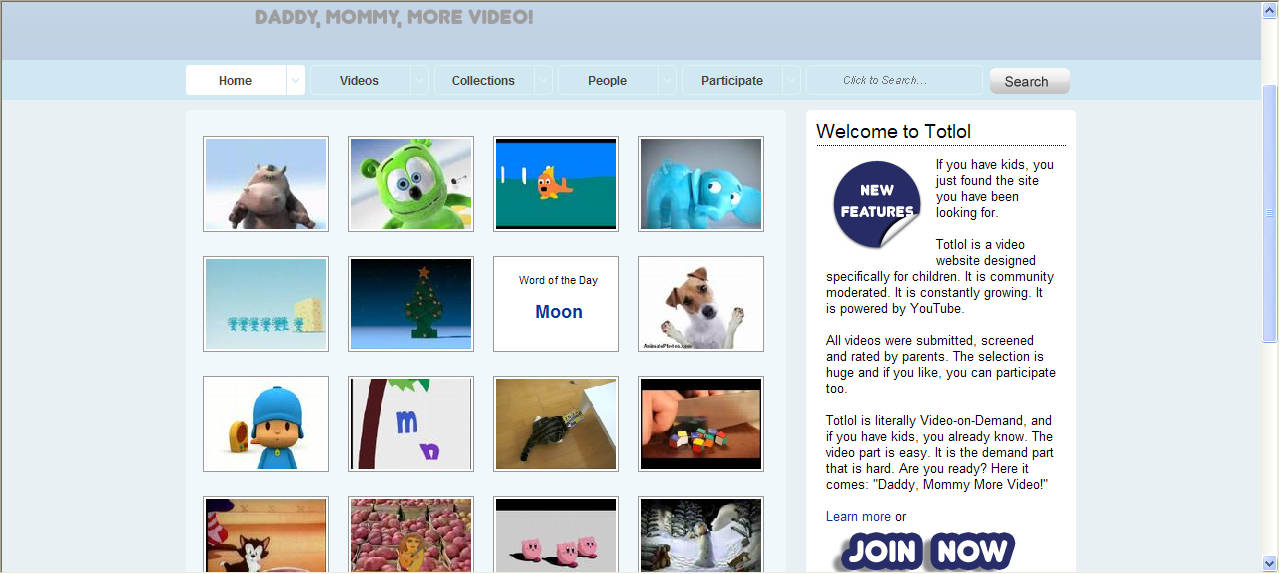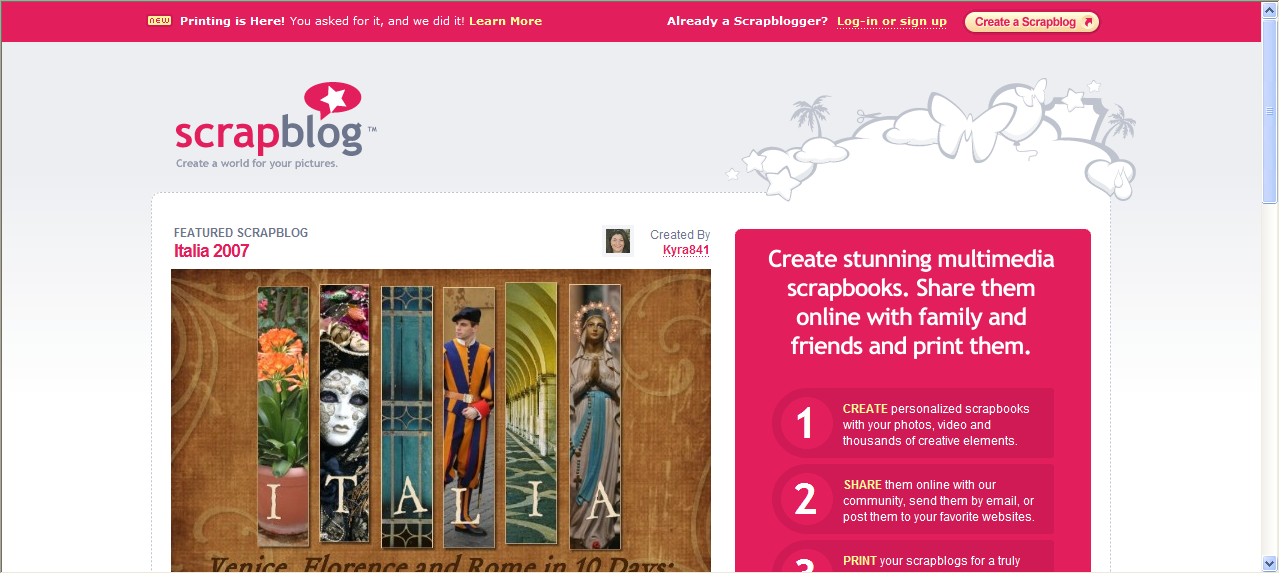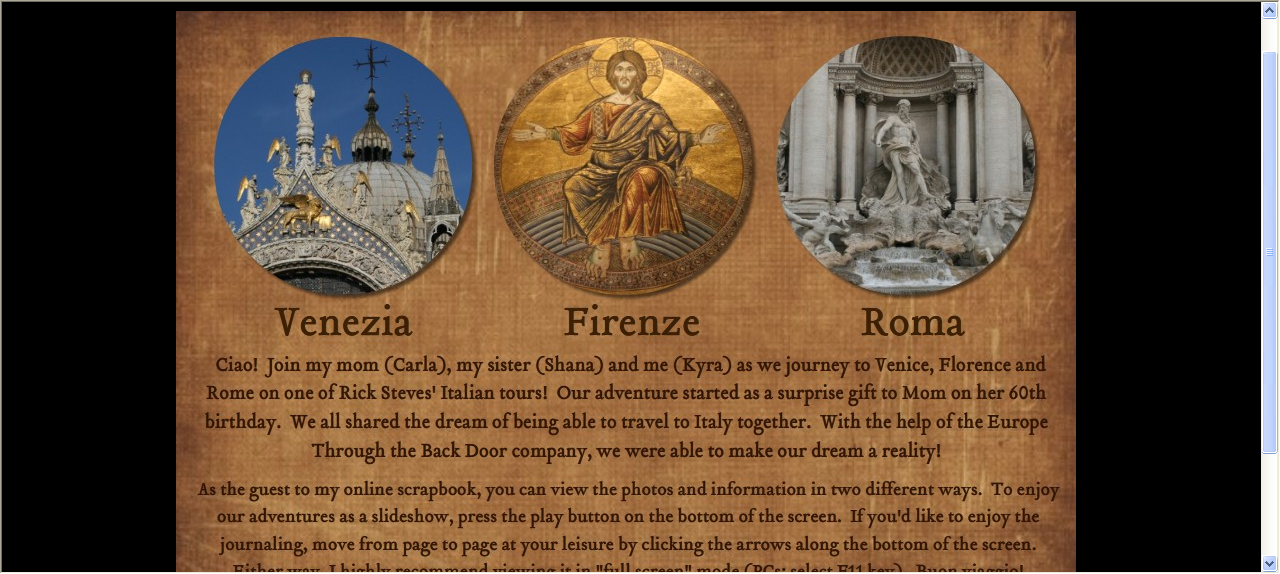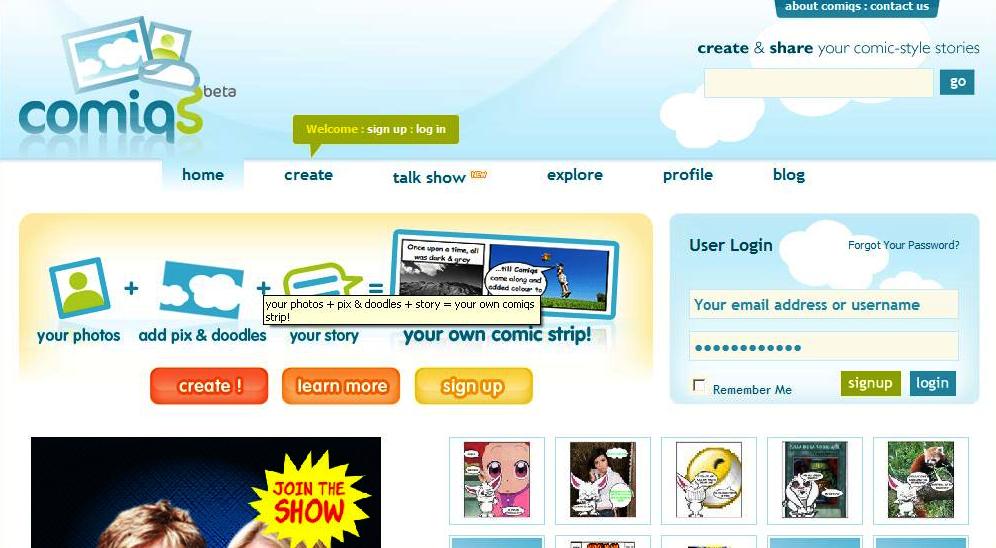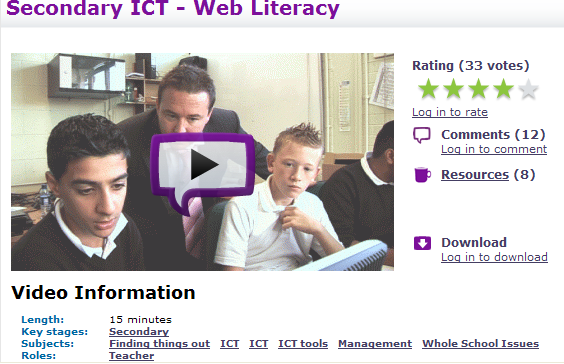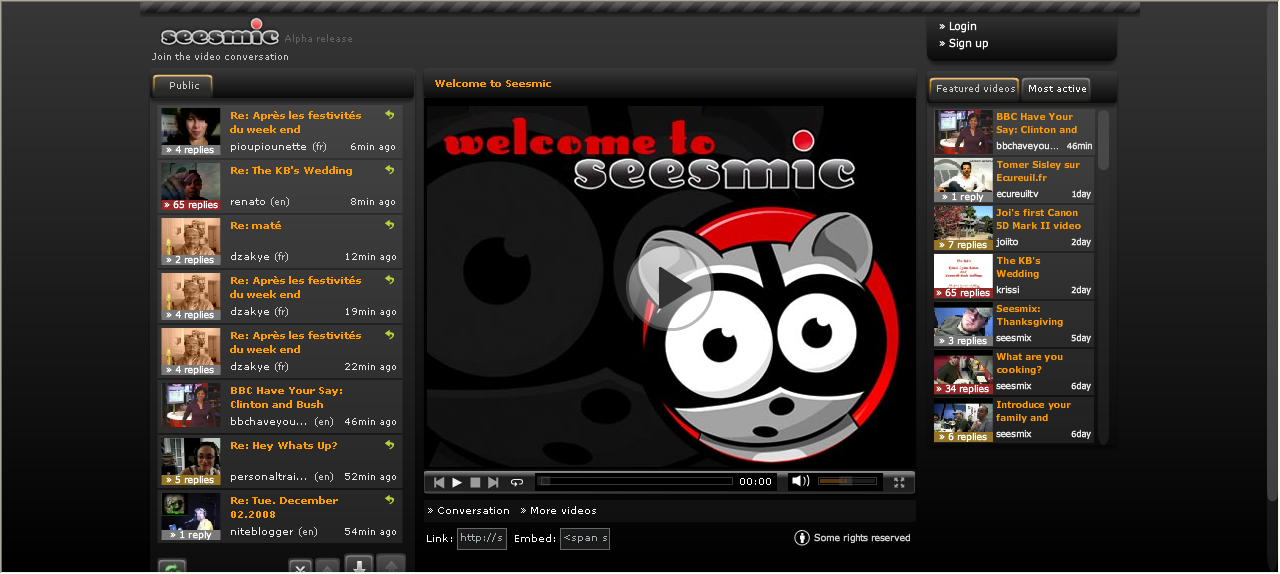ToonDoo is another social networking/comic strip creator that has relevance to education but is also a lot of fun!
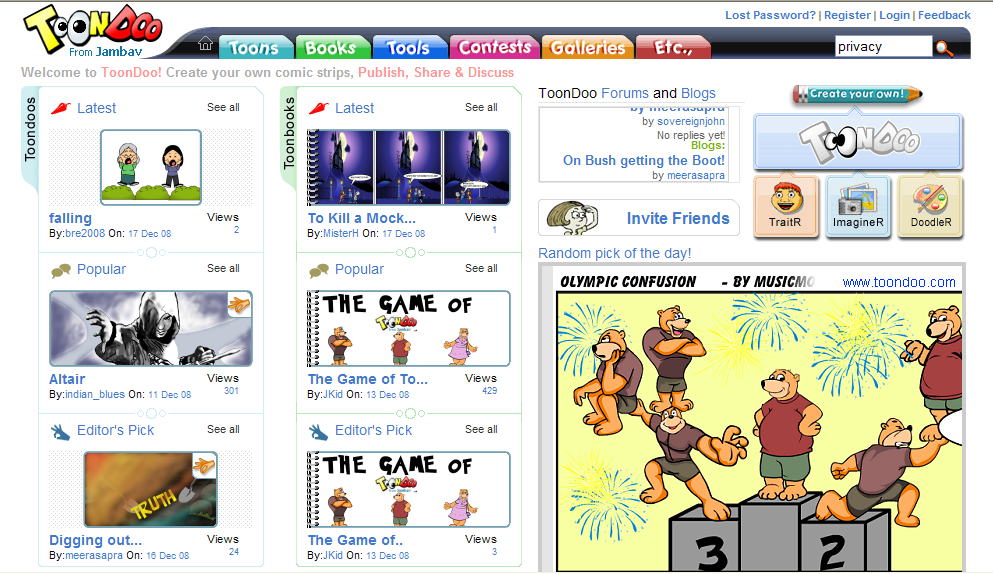
The best part about it is that the ‘toons’ use just one, two or three frames. Such a short toon means that students must really think about how to get their message across in three ideas. Applications for ToonDoo could include:
- Book reviews
- Demonstrating understanding of a historical event by using three key ideas
- Writing Haiku poetry
And as users can select from multiple languages, there are endless uses for LOTE classes.
ToonDoo also have their own blog that gives examples of educational uses of ToonDoo. One example is to learn a new word each day and make a one frame toon that shows understanding. A great tool for literacy.
For teachers and parents worried about the content of the site, there is a ‘safe search filter’ which edits out any toons that have been flagged as inappropriate by other users. And toons and books do not have to be shared with other users if you prefer students to keep them private or share with friends only.
It is also simple to embed toons into blogs by simply clicking on the toon and dragging it into the blog. You can also save your toon to your computer and then copy it into Word, PowerPoint, etc.
ToonDoo also has ‘books’ where comics that are longer than three frames can be created. Books are perfect for story writing or longer presentations such as planets in the solar system.
ToonDoo has a range of images, props, backgrounds and effects that you can select from or you can upload your own pictures to incorporate into the toon or book.
ToonDoo also has a help wiki linked to its site and you can add features that you’d like to see on ToonDoo to their wishlist. If you would like to see how ToonDoo works, access this slideshare presentation which outlines the steps.
Have a look at this toon I created in about 5 minutes:

ToonDoo has a lot to offer educators and students. The use of the three frame toon means that students really need to identify the three most important points of any idea they are addressing. An excellent tool!

